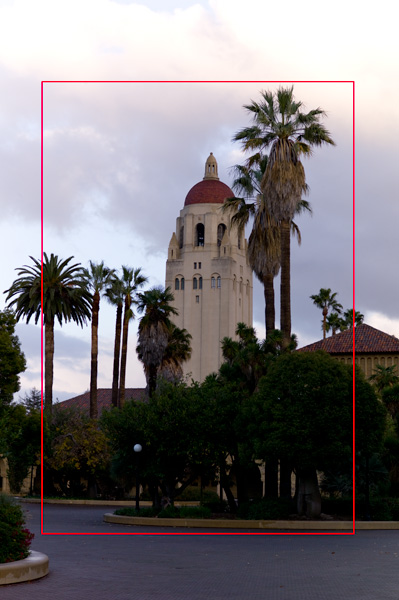EXCERPT page containing first few paragraphs. 2024-04-26 11:42:57
UA_SEARCH_BOT_compatible_botmozilla/5.0 applewebkit/537.36 (khtml, like gecko; compatible; claudebot/1.0; +claudebot@anthropic.com) @ 3.144.189.177
For full access, subscribe here. Or click title to login. ![]()
Composing with a rangefinder
Frame lines are crude even at their optimal, because the optical system is not the one used to make the picture, and the lines themselves are rather thick.
Frame lines in the M9 are most accurate at a focus distance of 1 meter. Beyond 1 meter, more is captured than the frame lines would indicate, sometimes considerably more, especially with 75mm or 90mm lenses. This is very frustrating in practice.
With the M9, it is challenging to achieve precise placement of elements within a frame, particularly at the corners. Placing the sun precisely behind a tree branch is not easy. It is also challenging to achieve a level picture, especially with wide angle lenses. I often shoot as many as 5 frames to get the composition as intended.
With a rangefinder, a large lens often intrudes into the viewfinder area, blocking the ability to compose in that area of the frame. This is one reason Leica places a premium on minimizing the size of lenses.
Article continues for subscribers...
Diglloyd Guide to Leica is by yearly subscription. Subscribe now for about 25 cents a day ($90/year).
BEST DEAL: get full access to ALL 8 PUBLICATIONS for about 75 cents a day!
Diglloyd Guide to LEICA contains in-depth coverage of Leica M system cameras and lenses, with additional coverage of Leica M Monochrom, Leica Q.
Special emphasis is placed on Leica M lenses and certain Zeiss ZM lenses.
- Make better images by learning how to get the best results right away.
- Save money by choosing the right lens for your needs the first time, particularly the Summilux/Summicron/Elmarit choice and/or Zeiss ZM.
- Make better images, a sort of “cheat sheet” saving yourself months or years of ad-hoc learning. Processing parameters are discussed and shown.
- Jaw-dropping image quality found nowhere else utilizing Retina-grade images up to full camera resolution, plus large crops [past 2 years or so].
- Real world examples with insights found nowhere else. Make sharper images just by understanding lens behavior you won’t read about elsewhere.
- Aperture series from wide open through stopped down, showing the full range of lens performance and bokeh.
- Optical quality analysis of field curvature, focus shift, sharpness, flare, distortion, and performance in the field.
Want a preview? Click on any page below to see an excerpt as well as extensive blog coverage, for example on Leica.

Leica M9 + Zeiss ZM 85/2 Sonnar


